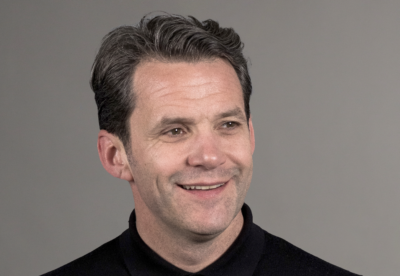The project will require major engineering work, with National Grid working with main contractor Hochtief UK to build a new tunnel underneath the estuary to house cables.
The team will also construct two separate tunnel head houses located at Garth and Llandecwyn, which have been designed to complement the local landscape.
With expert guidance from Gwynedd Archaeological Trust, the team has recently begun a comprehensive programme of archaeological survey works in Garth. This is part of work to establish the construction site near National Grid’s existing land.
Ecological surveys and habitat management work have already taken place over the summer on the opposite side of the estuary in Llandecwyn, led by Mold-based Atmos consulting. This includes vegetation clearance, the installation of perimeter fencing and creation of ‘refugia’ to help safely trap and relocate reptiles from the site.
This initial site preparation work will be followed from 2023 onwards with a programme of shaft sinking, tunnel and head house construction, cable installation and commissioning. Pylon removal is expected to take place following this, in 2029.
Steve Ellison, National Grid senior project manager for Snowdonia VIP, said: “The VIP project is unique. It’s one of the very first projects in the world to remove existing high-voltage electricity transmission infrastructure solely to enhance the landscape. With the project set to take several years to complete, we’re absolutely focused on working with Hochtief UK to get it right.
“The engineering challenges of the project require lots of different specialist skills to deliver it successfully, including the construction of a tunnel deep underneath the Dwyryd Estuary to house the new underground cables. The site preparation work we’re doing now is key to putting important foundations in place for the project.”







































 (300 x 250 px).jpg)










.gif)



